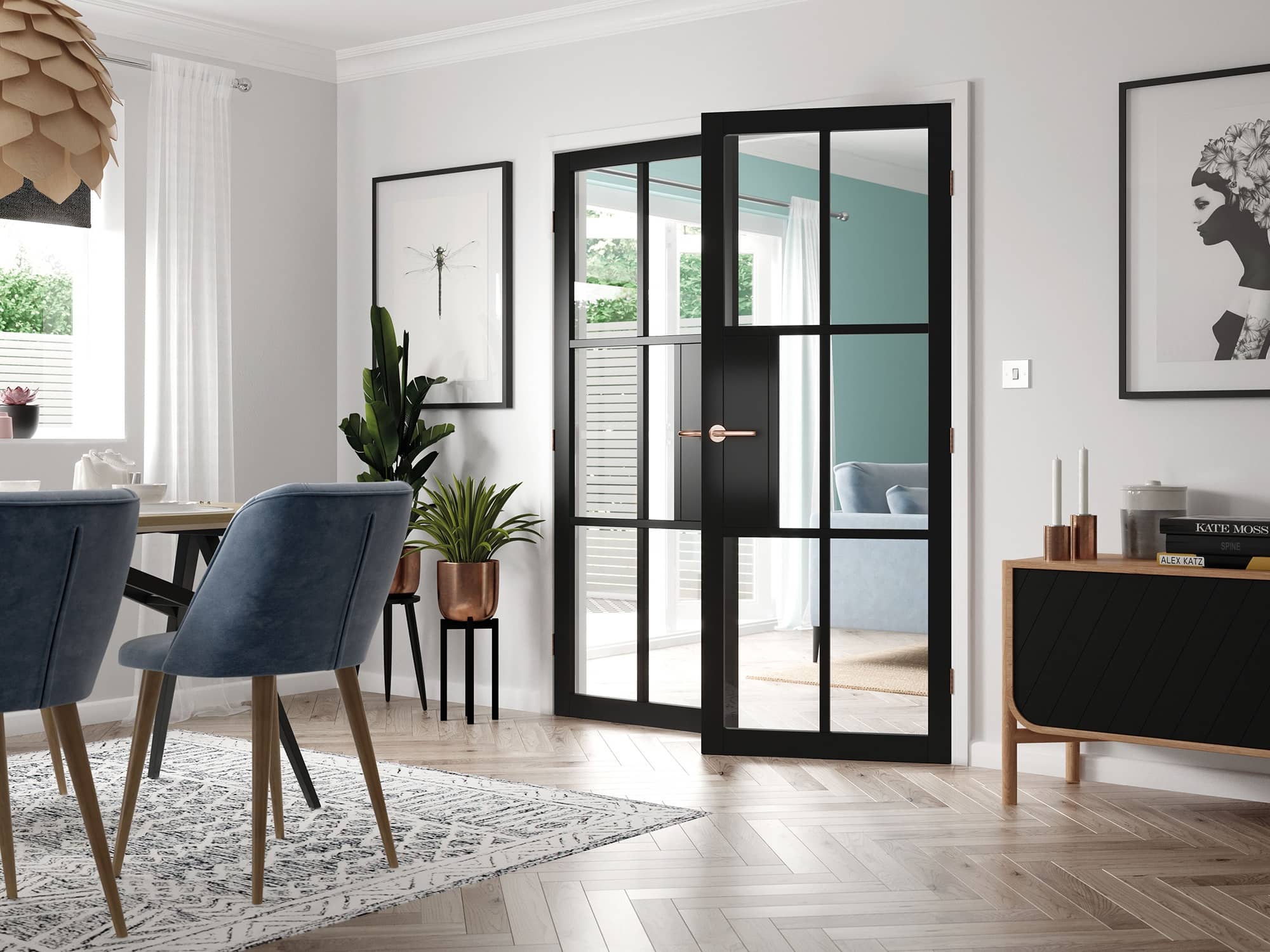When is a Fire Door Not a Fire Door?
There is no doubt about it, fitting fire doors provides valuable peace of mind for homeowners. When you see the classification FD30 on a fire door it means that it is capable of withstanding up to 30 minutes of fire before the integrity of the door is compromised. Fire doors are your frontline defence. If disaster strikes, they provide valuable extra minutes for the people inside the property to escape the blaze.
Fitting fire doors correctly is essential
Before you get too relaxed, it’s worth remembering that if they are not fitted or maintained correctly, fire doors lose all of their life-saving potential. A fire door stops acting as a fire door if a few simple rules relating to installation and maintenance are not followed.
How to ensure your fire doors perform as they should?

One of the first things is to ensure you choose the right door. All fire resistant doors have been tested to British or European standards (BS 476:22 or EN1634-1) and are likely to have an associated Assessment Report which will tell you exactly what you can and can’t do with the door. Doors within third party accreditation schemes such as BWF-CERTIFIRE or BM TRADA Q-Mark offer assurance that the doors are continually made in accordance to how originally tested.
Once you are sure you have chosen the right door, the next thing is to ensure it is properly fitted in accordance with its certification. You need to use a fitter who is accredited by a scheme such as FIRAS. If you are using glazed doors or tailor-made doors, it is worth speaking to the manufacturer for specific installation instructions.
For tips on how to ensure correct fire door installation follow the link.
Fire door maintenance is vital
All fire doors need to be checked regularly to ensure that they have not become damaged over time, which could compromise their performance and your safety.
Why not carry out a quick check of your existing fire doors? Take a look below at just five of the things that you might find make a fire door unfit for purpose:
Shut that door: Doors that don’t close – they can’t keep the fire out if they don’t shut!
Mind the gap: Doors that have a gap between them when they close – this won’t stop the passage of smoke. BWF-CERTIFIRE produce a gap checker to show you how wide the gap should be which will help you identify and issues with your doors.
Wear and tear: Fire doors will need maintaining to ensure that they stay safe and up to scratch. Look out for excessive wear and tear, as well as signs they have been maintained by a person that’s not qualified in the fire door accreditation and fitting – lots of people believe they can fix a fire door but only some can do it to a standard that will protect you.
Strange sounds: If the fire doors are making odd noises when they open and close, this may well be a sign that they are not fitted properly and won’t protect you if the worst happens.
Suss screws: If you’ve got an eye for detail then perhaps you’ll notice that it’s not uncommon for the wrong screws to be used or for screws to be missing. Although small, they’re a vital component for a fire door. No-one can afford to cut corners with fire doors.


